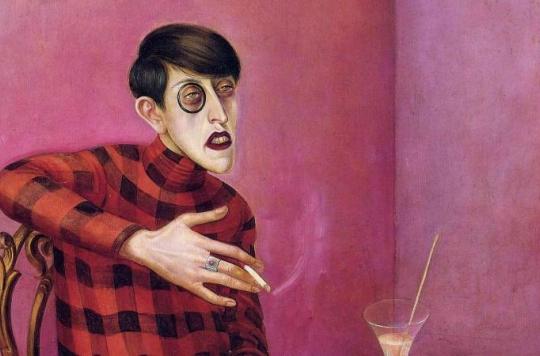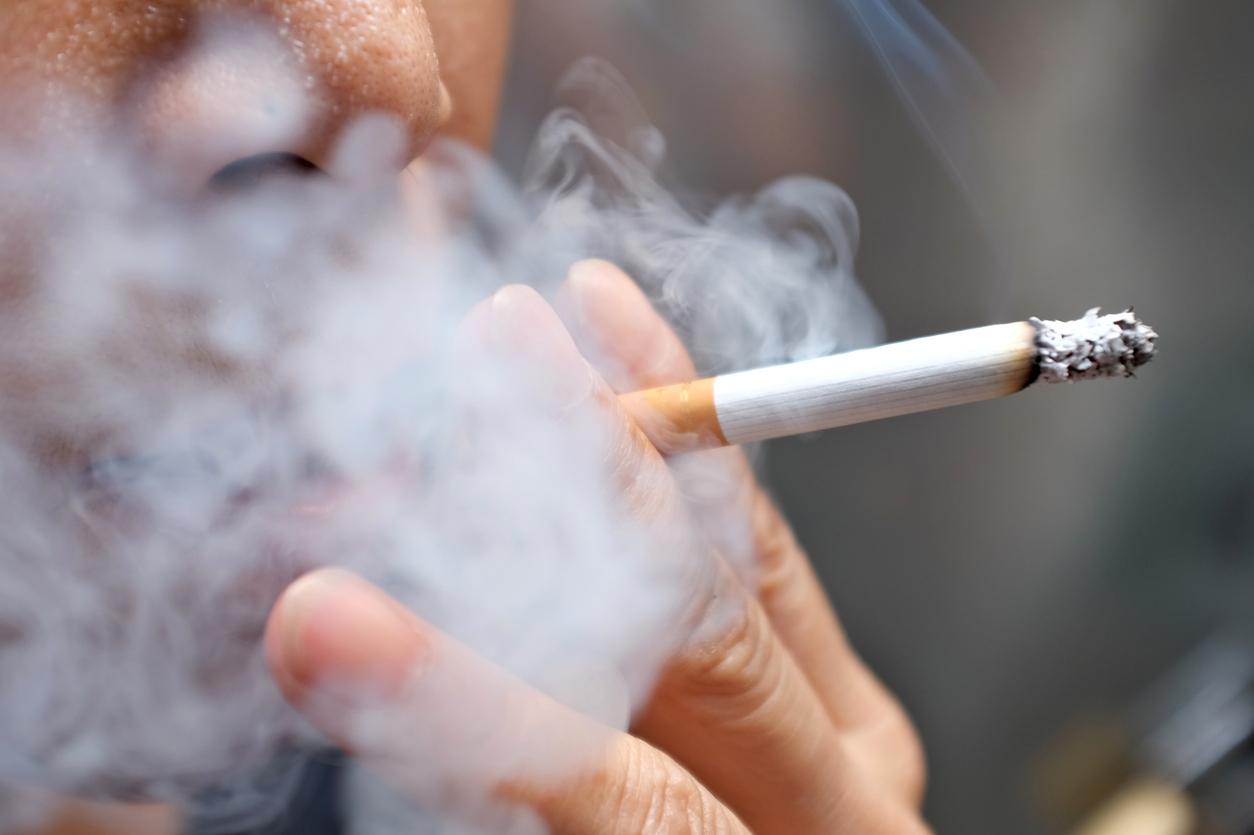Sentenced by federal justice, the big American tobacco companies had to finance an advertising campaign… anti-tobacco.

This is undoubtedly what is called the irony of history. In the United States, tobacco companies are preparing to start an anti-tobacco prevention campaign of unprecedented scale: for one year, 260 commercials will be broadcast each week on the main American television channels (CBS, ABC, NBC ), during prime time, and messages will be broadcast in full page in more than 50 newspapers, including the New York Times and USA Today …
A fine act of philanthropy? Think! It is the result of an intense legal standoff between the American federal justice system and eleven manufacturers and sellers of tobacco, which has lasted for 18 years. Filed in 1999 by the Clinton government, the initial complaint resulted in a 2006 conviction for false advertising, along with an injunction to release corrections. After 11 years of legal quibbling and delaying tactics, the final judgment (in English) was released this summer: Big Tobacco must give in. And the campaign begins today.
We are not going to die laughing
What will the commercials look like? They will have about the level of sex appeal a neutral packet or a terminal lung cancer: on a white-gray gradient background, messages will scroll on the screen in black letters, spoken by an infinitely warm voice-over. With information like, “Smoking kills, on average, 1,200 Americans. Every day. For fans of auteur cinema, the models of the fixes are available at the chain of the American Cancer Society.
This visual, in accordance with the specifications of the judgment but made as unattractive as possible, is criticized by some anti-tobacco associations. “The tobacco companies fought with all their might to make these advertisements as invisible and impossible to watch as possible,” notes Robin Koval, president of the anti-tobacco lobby Truth Initiative, on the site from Ad Age magazine (in English). He regrets that this campaign targets de facto rather few adolescents, yet a target of choice for manufacturers.
Still, the simple viewing of anti-tobacco advertisements financed by Philip Morris, Altria or RJ Reynolds is an esthete’s pleasure which it would be a shame to do without. The amount involved has not been specified, but it probably amounts to several hundred million dollars.
Stick returns
In the early 1990s, the leakage of internal documents (the “Tobacco papers”) had highlighted the dishonest practices major American tobacco companies over the past decades. Perfectly aware of the dangers of smoking, primary and secondary, they nonetheless made considerable efforts to thwart prevention policies, influence decision-makers, target young people, and sow doubt on the extent of the risks.
It was the start of a generalized standoff between the American authorities and Big Tobacco, which ended at the turn of the 2000s with fines of several hundred billion dollars. Today, tobacco companies say they have changed their practices and are working in concert with the authorities. A promise that only binds those who believe in it.
.















